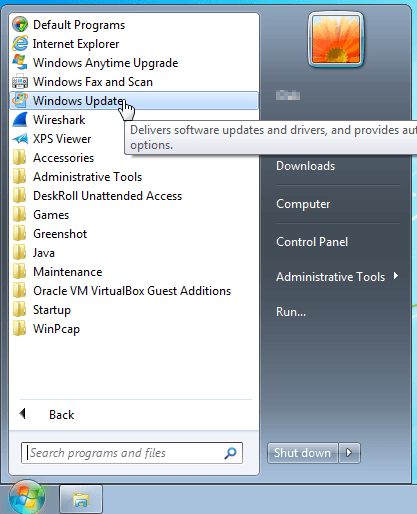

The default language was set to Spanish as I specified, but the underlying system UI language was unchanged. So, the WindVM is configured with the default system UI language still set to en-US even though all the settings I specified in the unattend.xml specified es-ES. In case your Spanish is poor, here’s what my laptop’s English output looks like: If you look at the international settings with DISM, you can see a slight difference: And then I booted the VM, and as expected the OS ended up in Spanish (with an English keyboard because I was too lazy to look up the InputLocale value for Spanish):īut this is where it gets a little more interesting. This is similar to the typical unattend.xml that would be generated by MDT, or that you might build yourself for ConfigMgr OSD, specifying that you want the language to be Spanish (es-es) instead of the default of English (en-us). To do that, I set up a virtual machine based on the WindEnglish media (en-us) and then added the Spanish (es-es) language pack to it using DISM, where I had mounted the VHD file and assigned drive letter E: to the Windows volume:ĭISM.EXE /image:E:\ /Add-Package /PackagePath:”F:\圆4\langpacks\Microsoft-Windows-Client-Language-Pack_圆4_es-es.cab”Īfter that, I put an unattend.xml into the E:\Windows\Panther\Unattend folder containing this content: You can watch the video for all the details, but I want to focus on one specific slide that talks about the improvements coming in the 20H1 release of Windows, which is now available as Windows 10 2004: The Unattend.xml routeįirst let’s look at the unattend.xml behavior changes. THR4002: Solving Windows 10 feature updates in a multilingual deployment It might seem like a very long time ago, but at the Microsoft Ignite 2019 conference in Orlando, there was a theater session presented:


 0 kommentar(er)
0 kommentar(er)
